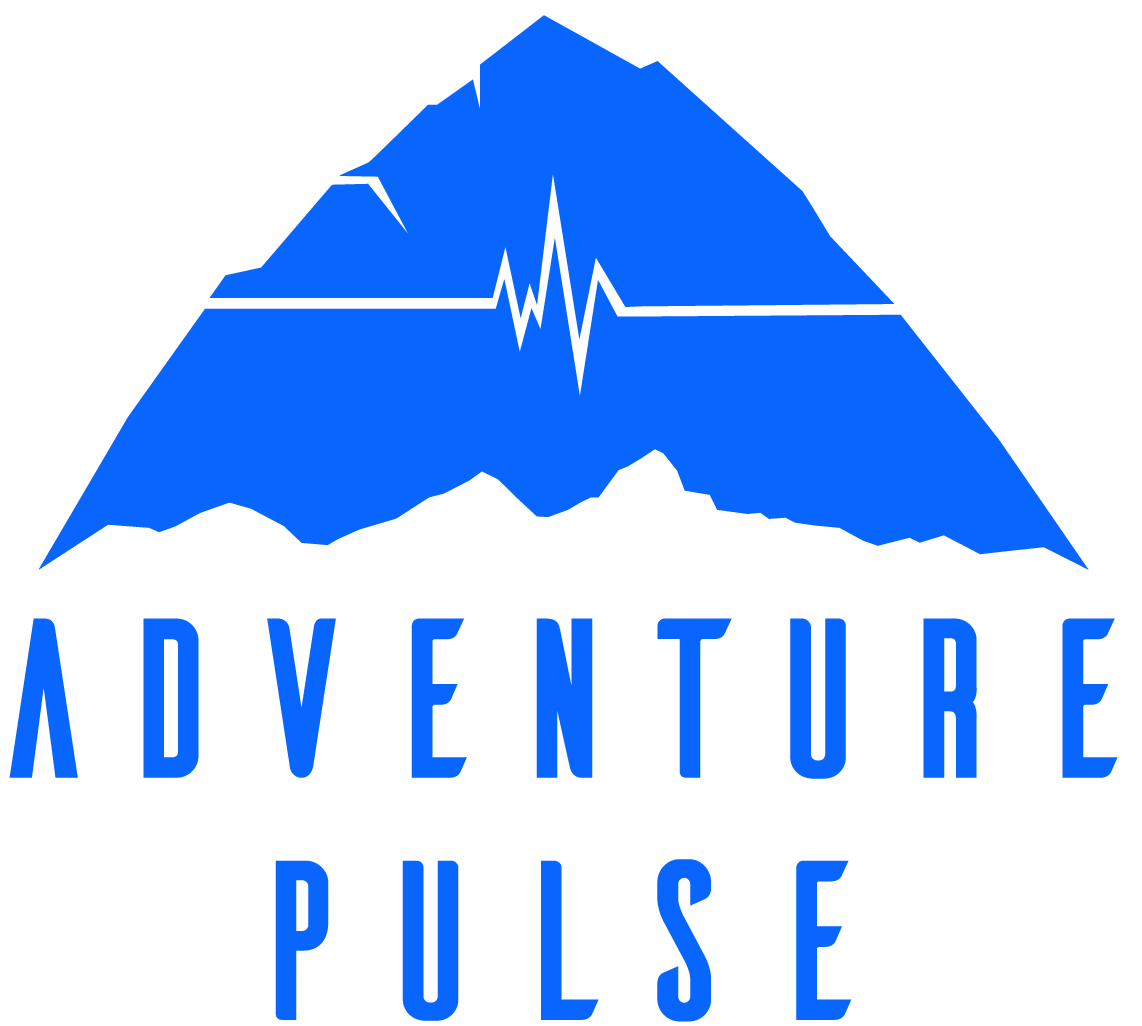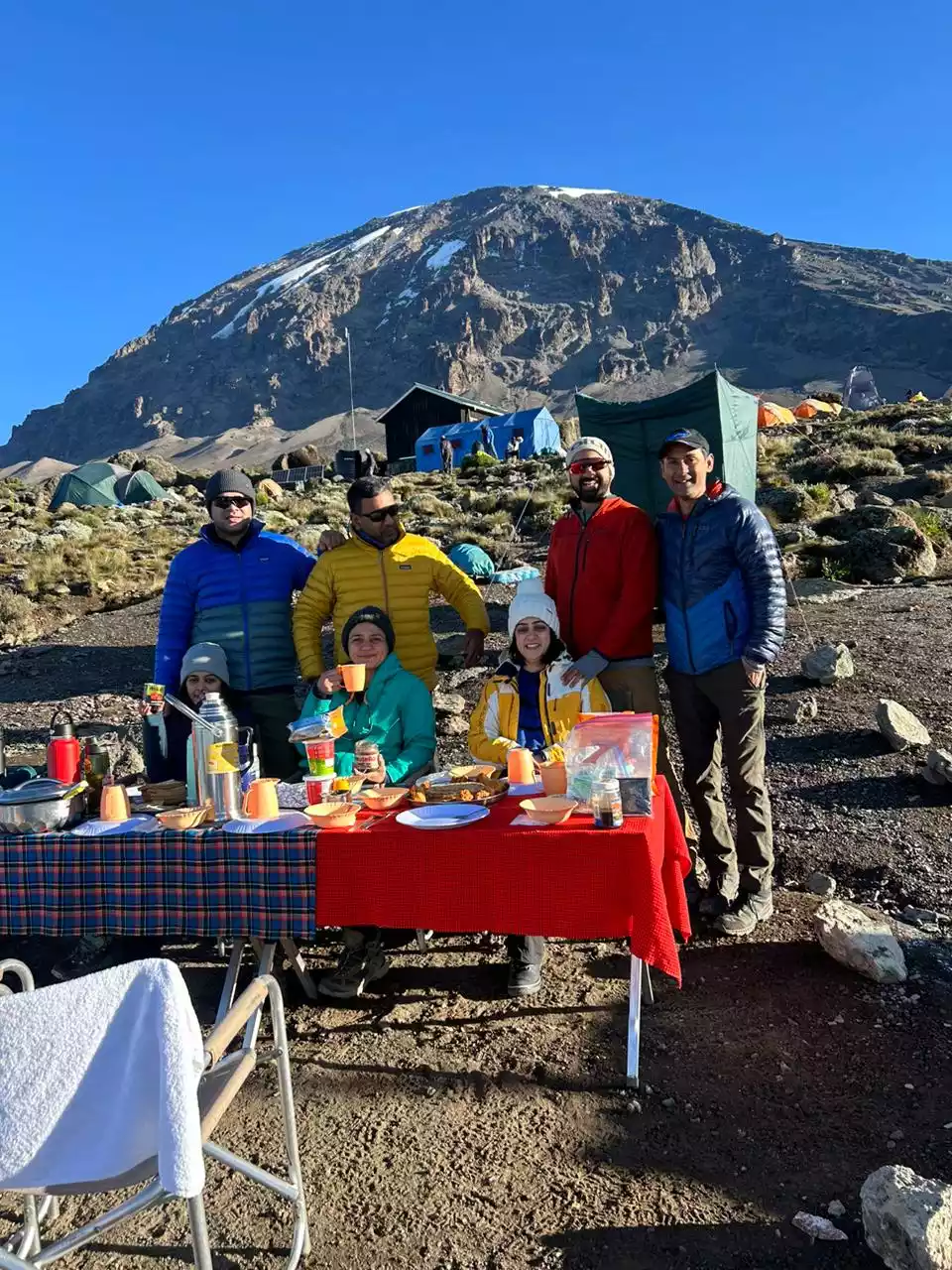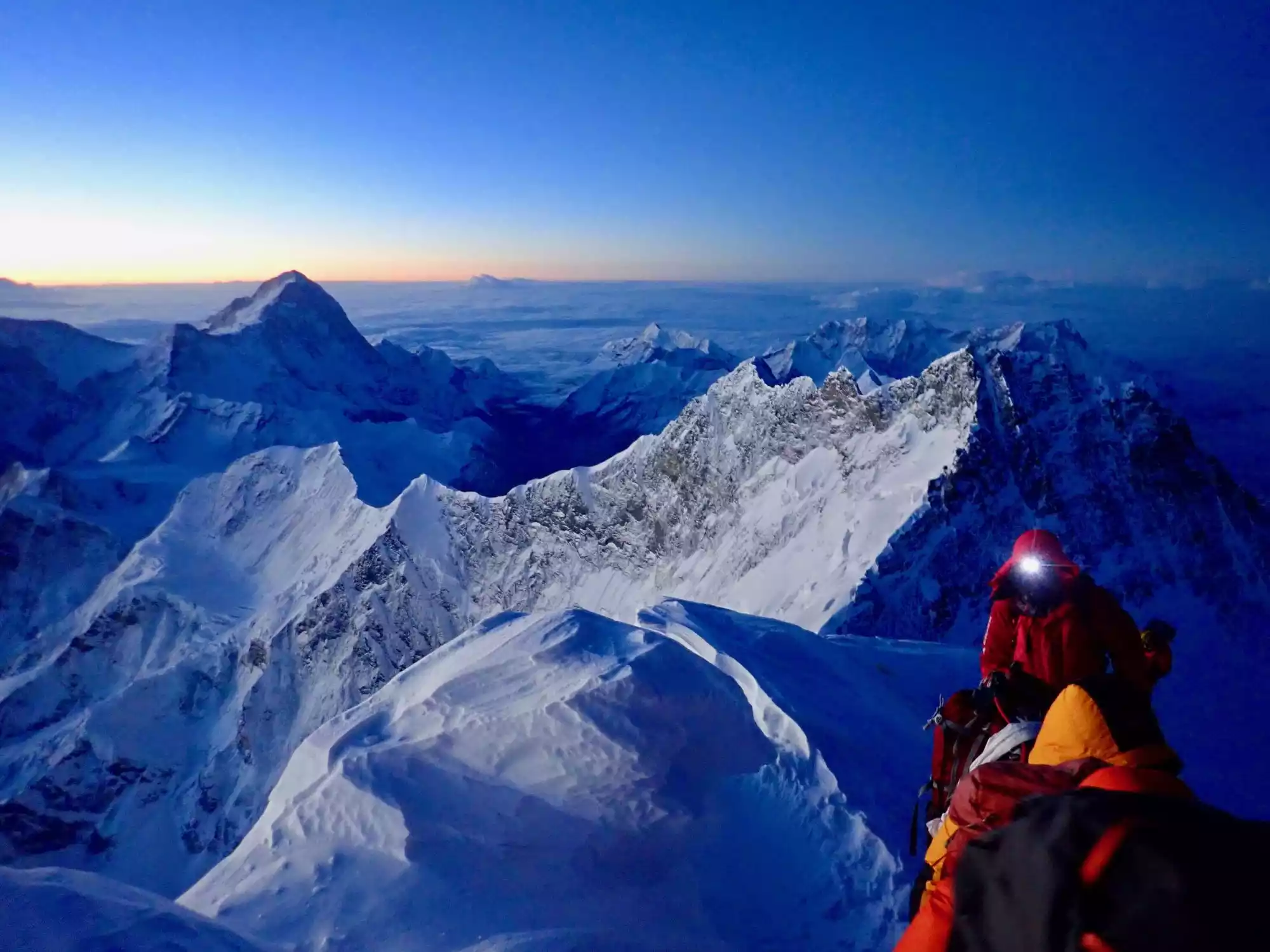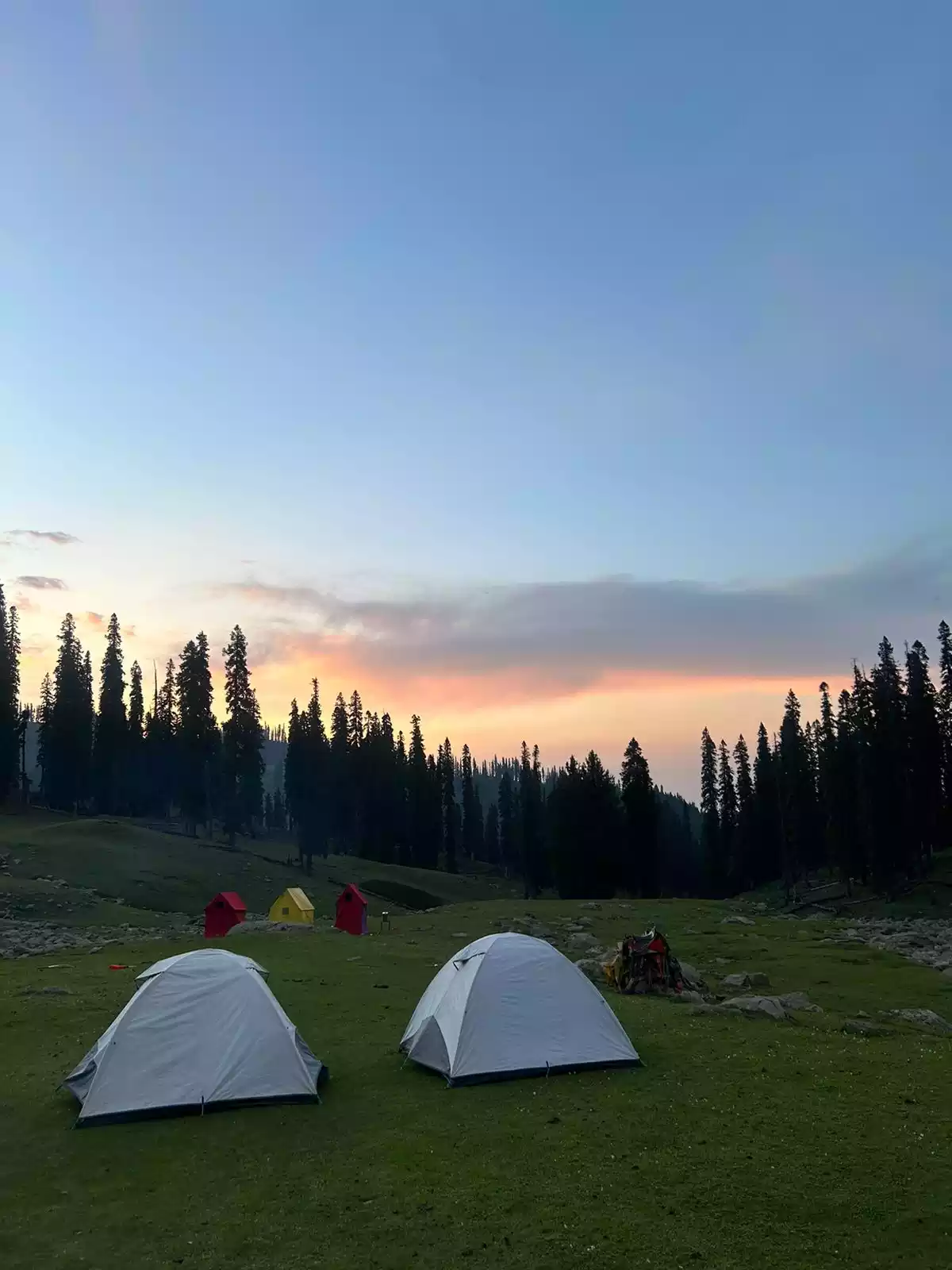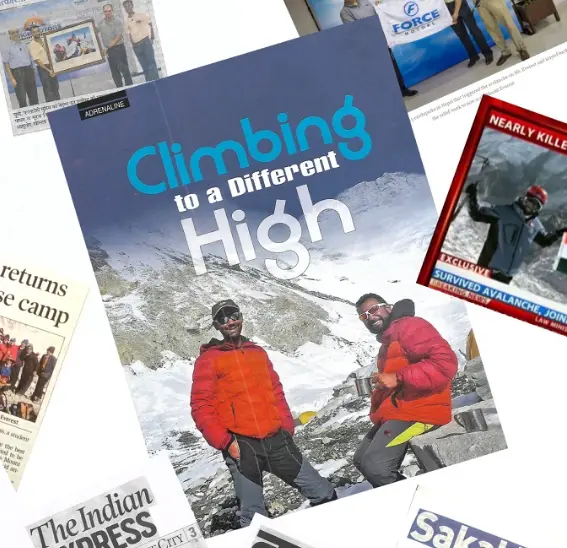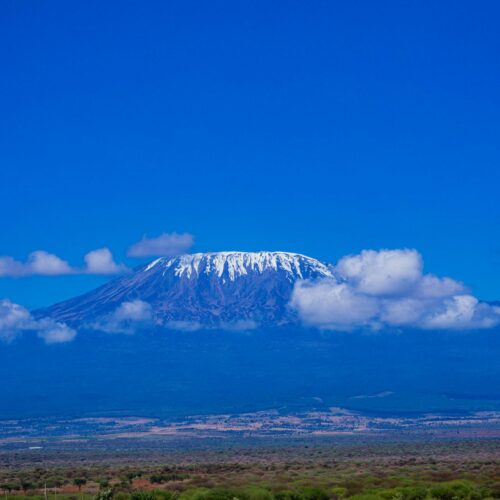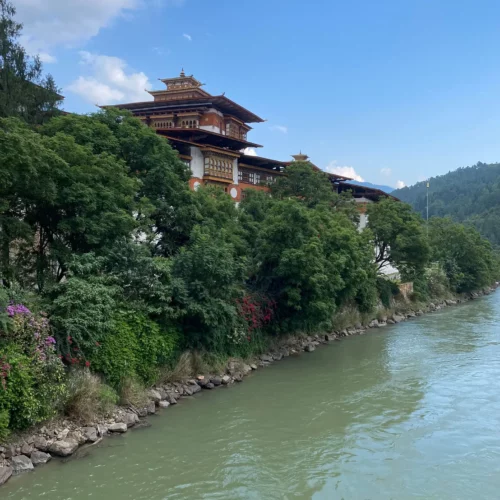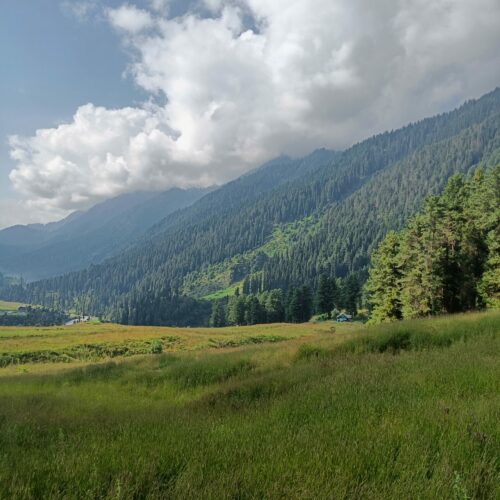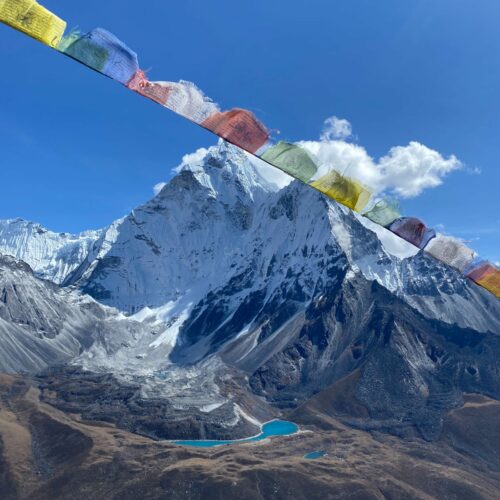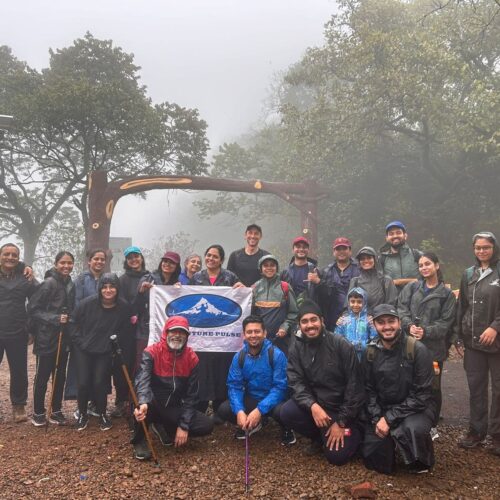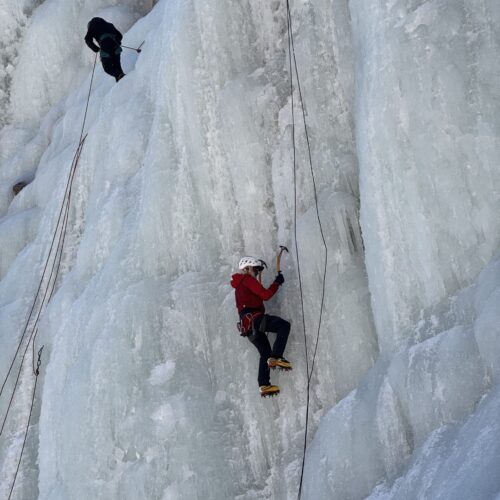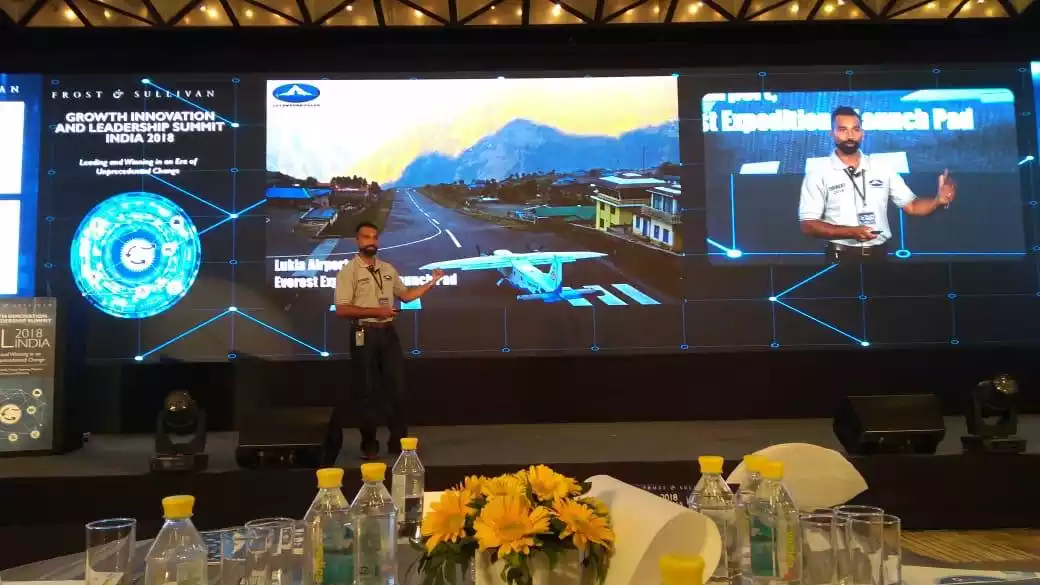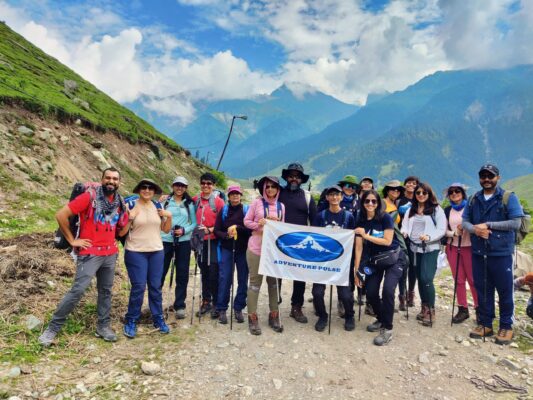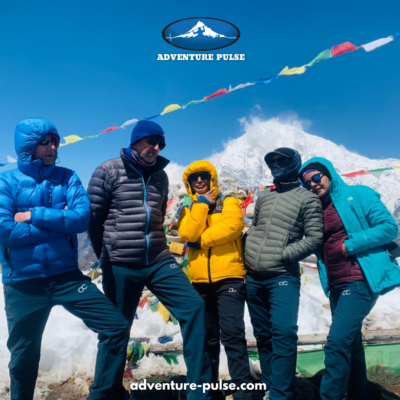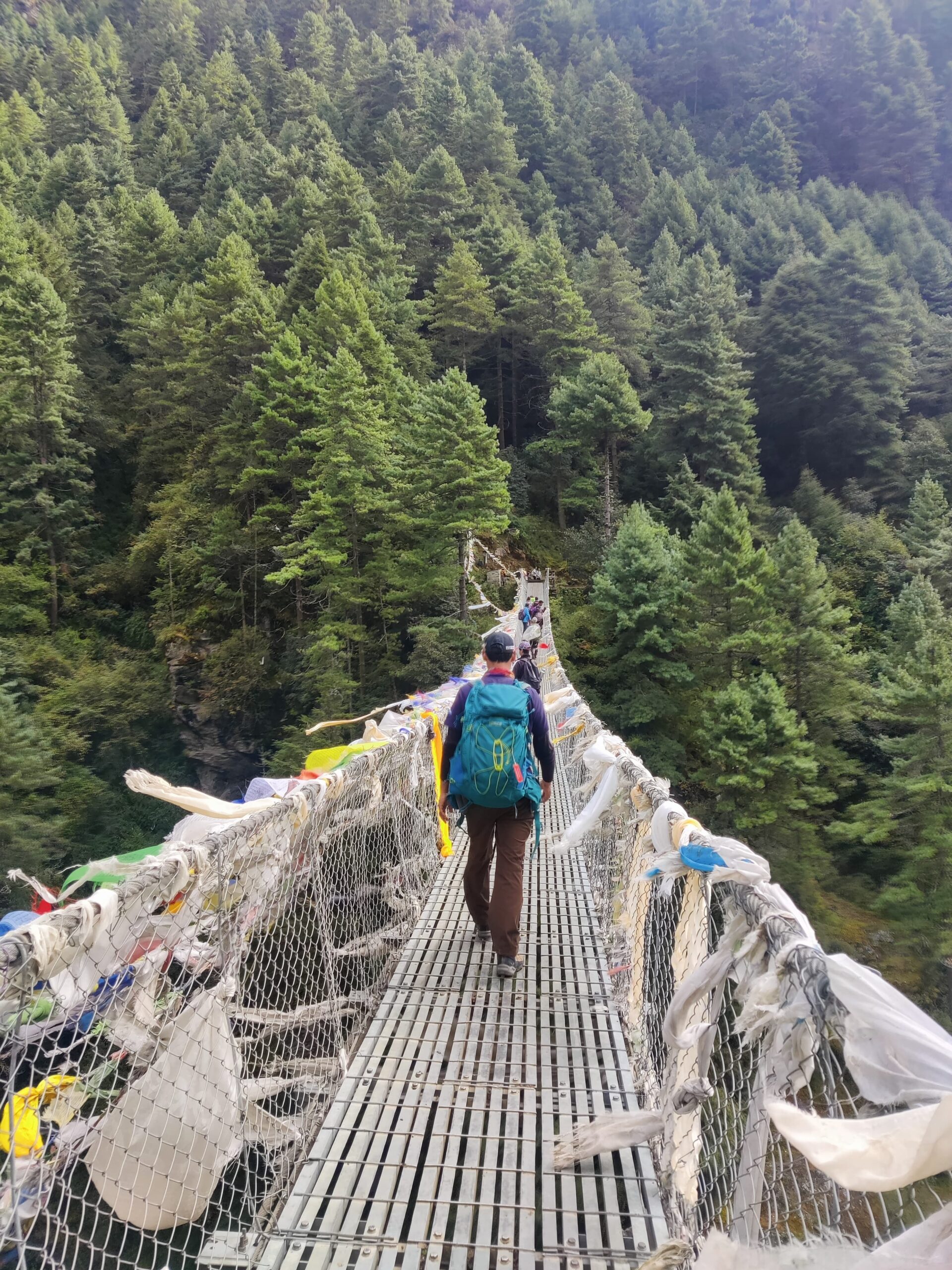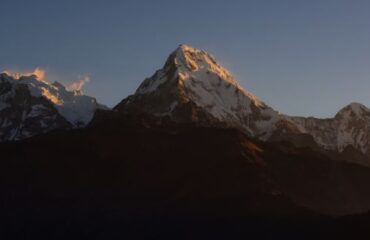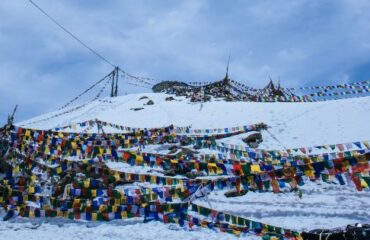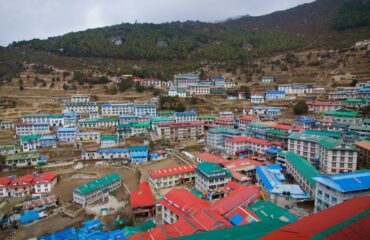
Dreaming of Himalayan trekking? The Everest Base Camp vs Annapurna Base Camp is one every adventure traveler encounters when organizing a Nepal trek. These legendary trails provide stunning vistas, immersive cultural experiences, and the excitement of being in the midst of the world’s highest mountains. But which trek is for you? In Part 1 of this guide, we’ll be pitting the Everest Base Camp (EBC) and Annapurna Base Camp (ABC) treks against one another, demystifying their challenge, vistas, culture, and more, so you can decide on your ideal adventure. If you’re a beginner trekkers or a veteran trekker, allow the beauty of Nepal’s imposing mountains to fire up your next adventure! Nepal offers some of the world’s most breathtaking trekking routes. Everest Base Camp (EBC) and Annapurna Base Camp (ABC) treks are especially popular. These treks provide incredible mountain landscapes and rich cultural experiences. They also offer a chance to explore the heart of the Himalayas. Although both lead to iconic base camps, they differ in altitude, duration, difficulty, and overall trekking experience.
Overview of EBC and ABC Treks
Selecting between the Everest Base Camp and Annapurna Base Camp treks begins with knowing their fundamental differences. Both are Nepal bucket-list treks, but they suit varying tastes and physical abilities. Here, we briefly describe each trek and why it is important to compare them to plan your Himalayan trekking adventure.
Everest Base Camp Trek
- Distance: 130 km round trip (Lukla to Everest Base Camp (EBC) and back).
- Duration: 12 – 14 days (inc. acclimatization days).
- Altitude: Extends to 5,364m at Everest Base Camp, high point 5,545m at Kala Patthar.
- Highlights: Breathtaking views of Mount Everest, the Khumbu Icefall & colorful Sherpa villages such as Namche Bazaar.
Annapurna Base Camp Trek
- Distance: 115 km round trip (depending on the start point, e.g., Nayapul).
- Duration: 7 – 12 days (short options exist).
- Altitude: Extends to 4,130m at Annapurna Base Camp (ABC).
- Highlights: Panoramic views of Machhapuchhre (Fishtail), Annapurna I, and rolling rhododendron forest.
Everest Base Camp Trek
Everest Base Camp (EBC) Trek ranks among the world’s most iconic and challenging trekking routes. Trekkers can follow the paths of legendary mountaineers. This trek lies in Nepal’s Khumbu region. It leads to the base of Mount Everest, which stands at 8,848.86 meters. Trekkers pass through breathtaking landscapes and high-altitude terrain. They also experience the rich Sherpa culture along the way.
The trek usually begins with a thrilling flight from Kathmandu to Lukla. Lukla is one of the world’s most adventurous airports. From there, trekkers follow a clear trail through Sherpa villages. These include Namche Bazaar, Tengboche, Dingboche, and Lobuche. Along the way, they see prayer wheels, monasteries, and Buddhist flags. These features enhance the spiritual atmosphere of the journey.
Trekkers take important rest days to acclimatize to the altitude. Namche Bazaar at 3,440 meters is a common rest stop. These pauses help prevent acute mountain sickness. As they ascend, trekkers notice dramatic changes in terrain. Lush forests appear in the lower valleys. Near Everest Base Camp, the landscape becomes barren and glacial.
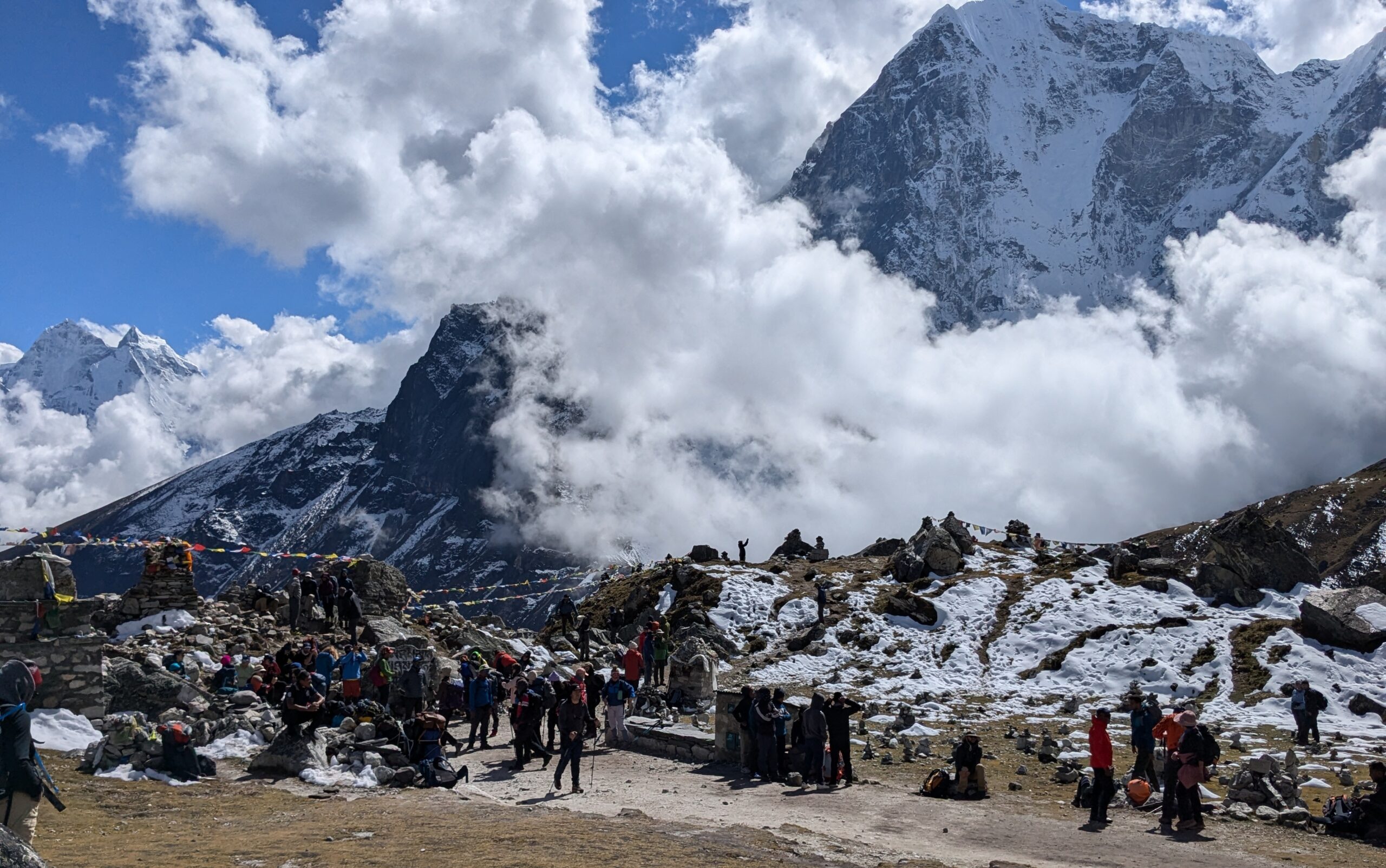
everest base camp thukla pass adventure pulse
One major highlight is the climb to Kala Patthar. It offers sweeping views of Everest, Lhotse, and Nuptse. EBC trek usually lasts 12 to 14 days. Trekkers cover about 130 kilometers round-trip. This trek is physically demanding. Challenges include high altitude, long trekking hours, and unpredictable weather. Still, it offers a once-in-a-lifetime adventure. Trekkers witness the majesty of Mount Everest up close.
Annapurna Base Camp Trek
Annapurna Base Camp (ABC) Trek is one of Nepal’s most scenic and popular routes. It leads to the heart of the Annapurna Massif. Unlike the EBC trek, this route explores moderate altitudes and more varied landscapes. Trekkers encounter rich biodiversity and stunning views.
The trail features lush forests and terraced farmland. It also offers majestic views of snow-covered peaks. Many consider it suitable for all experience levels. Most trekkers begin in Pokhara, a beautiful lakeside city in Nepal. From there, they travel to starting points like Nayapul, Ghandruk, or Phedi. The trail passes through rhododendron forests and bamboo groves. Trekkers visit Gurung and Magar villages along the way.
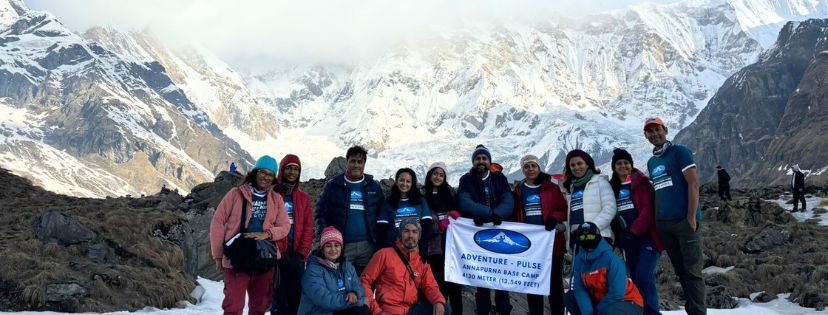
This trail on Annapurna ascends gradually. This allows trekkers to acclimatize more easily than on the EBC trek. Annapurna Base Camp sits at 4,130 meters. This is significantly lower than Everest Base Camp. Still, the views are equally breathtaking. Trekkers see Annapurna I, Machapuchare, and Hiunchuli.
The trek usually takes 7 to 10 days. It covers about 70 kilometers round-trip. Trekkers cross rivers and climb stone staircases. The trail includes steady inclines but is less demanding than EBC. However, good fitness is still required. Trekkers must handle long walking hours and some steep sections.
The trek is ideal for beginners and casual adventurers. It offers a rewarding Himalayan experience with fewer risks. Its shorter duration and moderate difficulty make it more accessible. The diverse scenery leaves a lasting impression.
Which is More Difficult Between the Two?
Everest Base Camp Trek
This one is often seen as more challenging than the Annapurna Base Camp Trek. This is mainly due to its higher altitude and tougher terrain. The trek reaches 5,364 meters at Everest Base Camp. This elevation brings a higher risk of altitude sickness. Trekkers must navigate long, steep ascents and descents. Rocky paths and occasional snow-covered sections also appear at higher elevations. The journey usually takes 12 to 14 days. Trekkers need good physical fitness and endurance to complete it.
The Khumbu region’s remoteness and rugged terrain increase the challenge. Unpredictable weather conditions also add to the trek’s difficulty. However, the experience brings unmatched rewards. Trekkers see the world’s highest peaks—Everest, Lhotse, and Nuptse. They also explore Sherpa culture and visit vibrant monasteries.
Annapurna Base Camp Trek
On the other hand, Annapurna Base Camp is generally easier than the Everest Base Camp Trek. This makes it accessible to more trekkers. Its highest point is 4,130 meters at Annapurna Base Camp. This lower altitude reduces the risk of altitude-related problems.
Trekkers follow a well-marked trail through varied landscapes. These include rhododendron forests, terraced fields, and Gurung villages. The trek usually takes 7 to 10 days. Daily hiking distances are shorter compared to the EBC trek.
While the trail includes steep sections and uneven terrain, it remains manageable. Trekkers with moderate fitness can complete it. The highlight is the panoramic view of the Annapurna range. Peaks like Annapurna I, Machapuchare, and Hiunchuli dominate the skyline. Trekkers also enjoy the warm hospitality of local communities. This cultural experience adds richness to the journey.
Why Compare Them?
EBC and ABC differ in difficulty, length, price, and cultural exposure, so comparing them is important. EBC is sometimes considered the ultimate bragging-rights hike because it’s associated with Everest, but ABC provides a shorter, less demanding alternative with equally stunning scenery. By comparing these differences, you can match your trek to your level of fitness, budget, and travel objectives.
Difficulty Comparison: EBC vs ABC
The challenge of a trek can either make or break your adventure. Let’s explore how Everest Base Camp and Annapurna Base Camp differ in altitude, terrain, and physical demands to assist you in assessing which is suitable for your skills.
Altitude
EBC: The hike reaches 5,364m at Everest Base Camp, with an optional day hike to Kala Patthar (5,545m) for sunrise. Higher elevation increases the possibility of altitude sickness, necessitating 2–3 acclimatization days (e.g., in Namche Bazaar and Dingboche).
ABC: Peaks at 4,130m at Annapurna Base Camp. Lower elevation decreases the risk of altitude sickness, and acclimatization is less strenuous, frequently needing only a single rest day.
Terrain and Physical Demands
EBC: The track has rough, rocky terrain, steep climbs, and descents, especially in the Khumbu Valley. Long trekking days (6–8 hours) and difficult stretches such as the ascent to Tengboche Monastery. Good cardiovascular endurance and fitness are required.
ABC: The trail is composed of stone stairs, forest trails, and gentle slopes, with steeper parts around Chhomrong and Machhapuchhre Base Camp. Daily trekking time (5–7 hours) is a bit less, making it easier for novices, although strong legs are required for the stairs.
Key Takeaway: EBC is more physically demanding because it has a higher altitude and longer duration, whereas ABC is more suitable for those who want a moderately hard trek.
What is More Suitable for you?
Everest Base Camp Trek
Everest Base Camp suits experienced trekkers or those with good physical fitness and a strong sense of adventure. The trek reaches high altitudes, up to 5,364 meters. This elevation poses a significant risk of altitude sickness. Trekkers need to acclimatize carefully and prepare thoroughly.
The trek is ideal for those comfortable with long, strenuous hiking days. The terrain is often rocky and uneven. The trek also demands physical and mental endurance in remote, rugged environments. It usually takes 12 to 14 days, requiring trekkers to commit time and energy.
Everest Base Camp perfect for adventurers seeking to witness the grandeur of the world’s highest peaks, including Mount Everest. It also allows trekkers to immerse themselves in the unique Sherpa culture of the Khumbu region. The trek offers a chance to test one’s limits and achieve a sense of accomplishment by reaching Everest’s base.
- Khumbu Valley: Trek through dramatic glacial valleys, suspension bridges, and alpine meadows. The trail offers close-up views of peaks like Lhotse, Nuptse, and Ama Dablam.
- Everest Views: The highlight is reaching EBC, where you’re surrounded by the Khumbu Icefall and a partial view of Everest. Kala Patthar provides a panoramic view of the world’s highest peak.
- Unique Feature: Stark, high-altitude landscapes with a raw, untamed beauty.
Annapurna Base Camp Trek
On the other hand, is better for beginner to intermediate trekkers. It also suits those seeking a less strenuous Himalayan adventure. The maximum altitude is 4,130 meters, lowering the risk of altitude sickness. This trek is more manageable for those with moderate fitness levels.
The trail is well-marked and passes through varied landscapes. Trekkers encounter lush forests, terraced fields, and traditional villages. The journey offers a more varied and culturally rich experience. It usually takes 7 to 10 days to complete. Daily hiking distances are shorter than those of EBC, making the trek accessible to those with limited time or experience.
Annapurna is ideal for nature lovers who want to enjoy stunning mountain views, including Annapurna I and Machapuchare. It is perfect for those who want a less challenging trek with a relaxed pace. Trekkers can also experience the warm hospitality of the Gurung and Magar communities in the Annapurna region.
- Annapurna Sanctuary: The trail winds through lush rhododendron forests, bamboo groves, and terraced fields, culminating in a natural amphitheater of 10 peaks, including Annapurna I (8,091m) and Machhapuchhre.
- Diverse Scenery: Expect vibrant greenery at lower altitudes and snow-capped peaks at the base camp.
- Unique Feature: A 360-degree mountain panorama that feels like standing in the heart of the Himalayas.
Comparison Table
To make your decision easier, here’s a side-by-side comparison of key factors for Everest Base Camp and Annapurna Base Camp treks.
| Factor | Everest Base Camp | Annapurna Base Camp |
| Difficulty | High (due to altitude and duration) | Moderate (shorter, lower altitude) |
| Duration | 12–14 days | 7–12 days |
| Cost (2025 est.) | $1,000–$3,000 (incl. flights, permits) | $700–$1,500 (incl. permits) |
| Altitude | 5,364m (EBC), 5,545m (Kala Patthar) | 4,130m (ABC) |
| Best Season | Spring (Mar–May), Autumn (Sep–Nov) | Spring (Mar–May), Autumn (Sep–Nov) |
Note: Costs vary based on group size, operator, and inclusions (e.g., porters, guides). Contact Adventure Pulse for tailored quotes.
FAQ: Everest Base Camp vs Annapurna Base Camp Treks
1. Which trek is easier: Everest Base Camp or Annapurna Base Camp?
Annapurna Base Camp (ABC) is generally easier due to its lower altitude (4,130m vs. EBC’s 5,364m), shorter duration (7–12 days vs. 12–14 days), and less rugged terrain. ABC’s stone stairs and gradual inclines are manageable for beginners, while EBC’s high altitude and rocky paths demand greater stamina and acclimatization. That said, fit beginners can tackle EBC with proper preparation and a guided group.
2. What’s the best time to trek EBC or ABC?
Both treks are ideal in spring (March–May) for blooming rhododendrons and clear skies, or autumn (September–November) for stable weather and stunning mountain views. Avoid the monsoon season (June–August) due to heavy rain, slippery trails, and clouded vistas. Winter (December–February) is possible but cold, with snow at higher altitudes.
3. How much does it cost to trek Everest Base Camp vs Annapurna Base Camp?
- EBC: Estimated at $1,000–$3,000 (2025), including Lukla flights, permits (e.g., Sagarmatha National Park), guides, porters, and accommodation. Costs vary based on group size and inclusions.
- ABC: Estimated at $700–$1,500, including permits (e.g., Annapurna Conservation Area), transport from Pokhara, and similar services. ABC is typically cheaper due to shorter duration and no domestic flights.
For precise quotes, contact Adventure Pulse.
4. Is altitude sickness a concern on EBC or ABC treks?
- EBC: Yes, the risk is higher due to the 5,364m altitude at Base Camp and 5,545m at Kala Patthar. Acclimatization days in Namche Bazaar and Dingboche are critical, and trekkers should monitor symptoms like headaches or nausea.
- ABC: Less risky at 4,130m, with fewer acclimatization days needed. However, basic precautions (e.g., slow ascent, hydration) are still essential.
Always trek with a guide trained in altitude sickness management.
5. Which trek offers better views: EBC or ABC?
Both are spectacular but distinct:
- EBC: Iconic views of Mount Everest, Lhotse, and Ama Dablam in the rugged Khumbu Valley, with Kala Patthar offering a panoramic Everest vista.
- ABC: A 360-degree panorama in the Annapurna Sanctuary, with Annapurna I, Machhapuchhre, and lush forests at lower altitudes.
Choose EBC for stark, high-altitude drama or ABC for diverse greenery and a serene mountain amphitheater.
6. Can beginners do the Everest Base Camp trek?
Yes, but it’s challenging. EBC requires good fitness due to its high altitude, long duration (12–14 days), and rugged terrain. Beginners should train for 3–6 months (e.g., cardio, hiking, stair climbing) and join a guided trek with acclimatization days. ABC is a more beginner-friendly alternative.
7. What cultural experiences can I expect on EBC vs ABC?
- EBC: Immerse in Sherpa culture with visits to Namche Bazaar and Tengboche Monastery. Expect Buddhist rituals, prayer flags, and festivals like Mani Rimdu (October).
- ABC: Explore Gurung and Magar villages like Ghandruk, with Hindu-Buddhist traditions, local cuisine (e.g., dal bhat), and rural Nepali life.
EBC emphasizes Sherpa heritage, while ABC offers a broader cultural mix.
8. Do I need a guide or permits for EBC or ABC treks?
- Permits: EBC & ABC
- EBC: Requires a Sagarmatha National Park permit and a TIMS card.
- ABC: Needs an Annapurna Conservation Area Permit (ACAP) and a TIMS card.
- Guides: Not mandatory but highly recommended for safety, navigation, and cultural insights. Solo trekking is restricted in some areas (check 2025 regulations). Adventure Pulse offers expert-guided treks for both routes.
- Note: Permits are obtained through registered trekking agencies or checkpoints. Adventure Pulse guided treks to EBC and ABC, include all necessary permits so that you can travel hassle free.
9. How do I prepare for the EBC or ABC trek?
- Physical Training: Start 3–6 months prior with cardio (running, cycling), strength exercises (squats, lunges), and hiking with a backpack.
- Gear: Pack trekking boots, layered clothing, a sleeping bag, and a first-aid kit. EBC requires warmer gear due to higher altitudes.
- Mental Prep: Research the trek, join a guided group, and learn basic Nepali phrases for teahouse interactions.
10. Which trek should I choose: EBC or ABC?
It depends on your goals:
- Choose EBC if you want the prestige of Everest, are fit for a high-altitude challenge, and have 2 weeks.
- Choose ABC if you prefer a shorter, less strenuous trek with diverse scenery and have 7–12 days.
Still unsure? Contact Adventure Pulse to tailor your Nepal adventure!
Have more questions? Leave a comment below or reach out to our team. Ready for Part 2? Click here for more insights on planning your trek!
Everest Base Camp Vs Annapurna Base Camp: How to Choose ? Pt – 2
Conclusion
Choosing between Everest Base Camp vs Annapurna Base Camp depends on your fitness, time, and adventure goals. EBC offers the prestige of Everest and rugged challenges, while ABC delivers stunning diversity and a shorter trek. Ready to explore more? Dive into Part 2 of our guide for deeper insights on costs, permits, and preparation tips. Start planning your Nepal adventure today with Adventure Pulse – our expert guides are here to make your Himalayan dream a reality!
Parting Thoughts –
Both the Everest Base Camp and Annapurna Base Camp treks offer unforgettable Himalayan experiences. However, they suit different types of trekkers. Choose the Everest Base Camp Trek if you seek a physically demanding journey at high altitudes with dramatic mountain views. It challenges your endurance and rewards you with close encounters with Everest and deep Sherpa cultural insights.
Pick the Annapurna Base Camp Trek if you prefer a shorter, less intense trek through lush forests and diverse local communities. It offers stunning scenery and rich cultural experiences with less risk of altitude sickness. Each trek has unique challenges and rewards. Your choice should depend on your fitness level, time, and personal adventure goals.
Continue reading Part 2 here, to know more about the two treks! Let’s help you choose the best!
Follow us on Social Media – LinkedIn | TripAdvisor | Instagram
